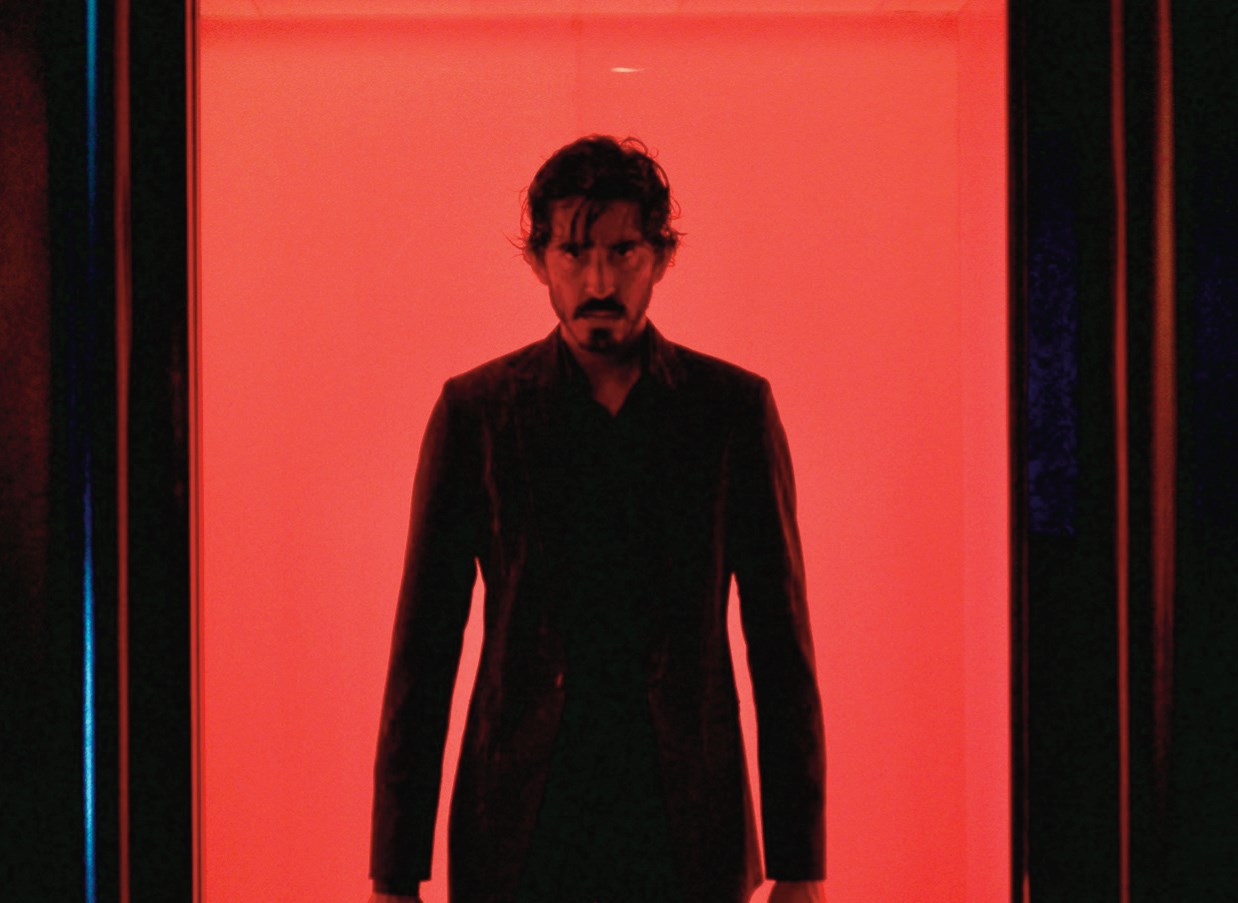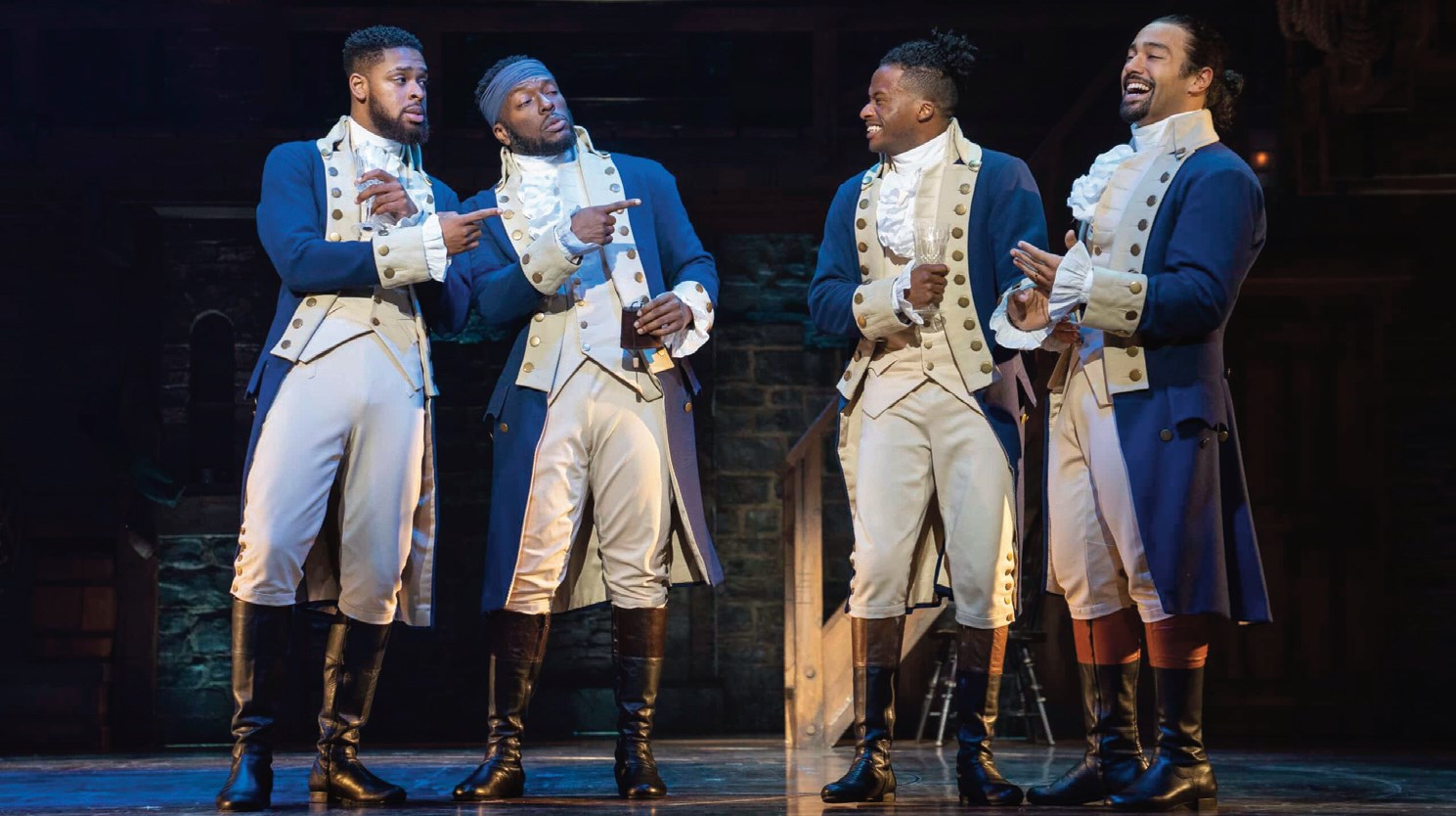By JOCELYN NOVECK
AP National Writer
NEW YORK — It was almost 20 years ago, and actor Jeff Bridges was searching for a movie project that would be a family affair – one in which he could direct his father, Lloyd, and that his children, then around middle-school age, would want to see.
A children’s book catalog caught his eye. “It had a picture of this old grizzled guy on the cover. And I said, ‘Oh, Dad could do that!’”
That book was The Giver, by Lois Lowry, which won the prestigious Newberry Medal in 1994 and has sold over 10 million copies worldwide. He read it, then mentioned it to his kids. “They said, ‘Oh, we know that, we read it in school,’” he said in an interview this week. “It turned out there were whole curriculums based on it.”
Indeed. There’s hardly a middle-schooler who hasn’t been assigned The Giver at some point. And so the film version, opening this week, isn’t exactly riding the coattails of book-to-film franchises like The Hunger Games and Divergent. You might actually say it started the whole craze.
But why did it take so long to get made?
“I thought, ‘It’s gonna be a cinch,’” Bridges chuckled. “And that was 18 years ago.”
There were problems. The book, which depicts euthanasia, for one thing – of weak babies and the elderly – was banned in some places. And because so much of the action took place inside the mind of its main character, it was hard to capture in a screenplay. At least five or six were written. Financing proved elusive.
And Bridges and author Lowry watched as young-adult dystopian fiction became the next big thing in Hollywood. The Hunger Games debuted in 2012 to huge box office, elevating Jennifer Lawrence to a mega-star; the sequel followed, with two more to come. The Divergent franchise launched earlier this year.
“It was kind of unnerving,” said Lowry, sipping tea in a Manhattan hotel recently.
And yet, both Lowry and Bridges agree, maybe it’s good that it took so long.
“At first I was saying, Oh darn,” Bridges said, using a saltier term. “We missed the boat! But really, our movie wouldn’t have gotten made without those movies leading the way.” (His father died in 1998; now Bridges, a co-producer, himself plays the character of The Giver.)
Lowry, who ranks third among Amazon’s top 100 authors, hopes the wait means an entirely new audience will have emerged.
“And as for fans of the book, we so hope they won’t be outraged by the changes.”
Ah, the changes – always a balancing act. The story focuses on a boy, Jonas, who lives in a Community ruled by a Committee of Elders. All is based on the concept of Sameness. There’s no color, only black and white. There’s no emotion; sexual “stirrings” are blunted with daily medication. Most important, there are no memories of earlier times, for that would cause suffering. But Jonas is chosen to be the community’s one Receiver of Memories, and as he learns about the world outside – called Elsewhere – it throws his own world into chaos.
In the book, Jonas is 12. In the movie, his age isn’t clear, but he’s played by Australian heartthrob Brenton Thwaites, who’s 25. This was done partly to create a teen romance, a change that initially deeply concerned both Bridges and Lowry. Now, they insist they’ve made peace with it.
Lowry sounds happier about another key change, one that gives Meryl Streep, as the stern Chief Elder, a substantial role.
But there’s a flip side to that reader passion: Some fans got angry when the first trailer came out in color (in the book, only Jonas can see color.) “There was outrage,” Lowry said. Ultimately, a new trailer was released showing that much of the film is shot in black and white.
Lowry thinks that if she published her book today, it wouldn’t cause nearly the ripples it did two decades ago.
“Now, we’ve been exposed to something like The Hunger Games, where children are killing other children,” she said. “So The Giver sounds like mild fare compared to that.”












No Comment